India Archive
Memory and Documentation in The Barefoot Woman and “Khol Do”
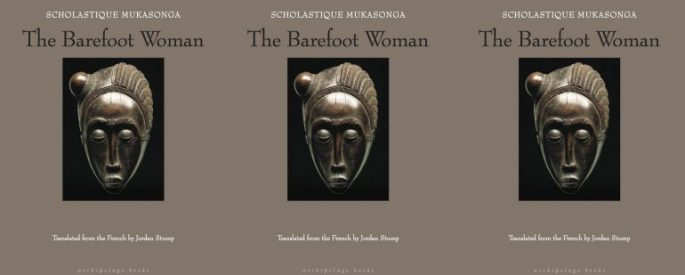
Two works explore violence against women in the midst of the Rwandan genocide and the Partition of India.
Jhumpa Lahiri’s “Hema and Kaushik”: Love Across Borders
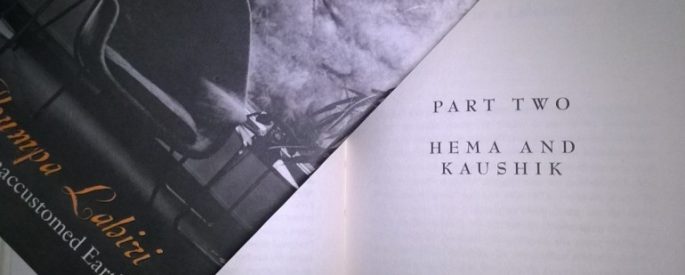
When I first read Pulitzer Prize winner Jhumpa Lahiri’s long short story “Hema and Kaushik,” I lived in suburban Mumbai, where I often sat in darkness by the window at night all by myself. In Koparkhairane, twenty-four miles from downtown Mumbai, power outages were common.
The Mango Story: Beyond the Asian Stereotype
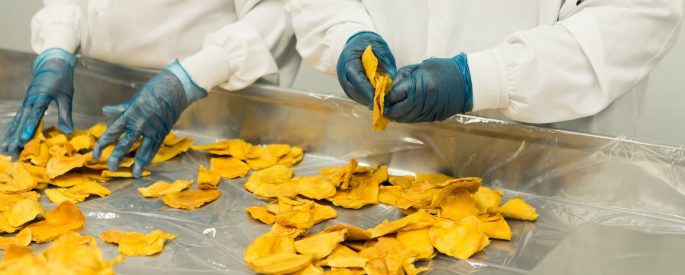
For a nonfiction food writer, the mango provides an endless mine of stories. For those living in Asia and immigrants in other countries, eating mangoes is so visceral, so memorable an experience that the significance of eating them often transcends mere flavor. Mango then becomes a metaphor.
Immigrant Fiction: Treading the Narrow Path
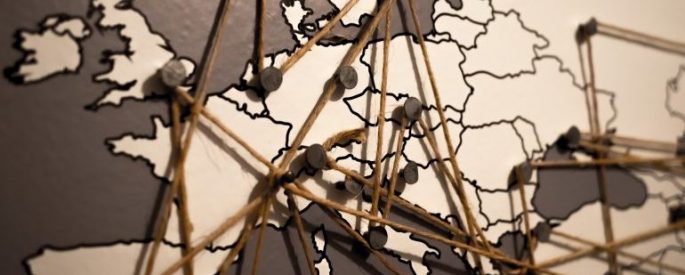
I remember my first years in America from the early 1990s. I was a graduate student of journalism at the University of South Carolina, in Columbia, S.C., where I was still finding my feet in the U.S., full of wonder and curiosity—and apprehension. One semester at the university, after
What Happened to Tagore?

You could visit India and never hear the name Rabindranath Tagore. In fact, if you don’t live in India, you may well have never known Rabindranath Tagore existed. But this was not always the case: recipient of the Nobel Prize in Literature in 1913, Rabindranath Tagore became one of
“Digging out weapons in the arsenal of language” : An Interview with Meena Kandasamy
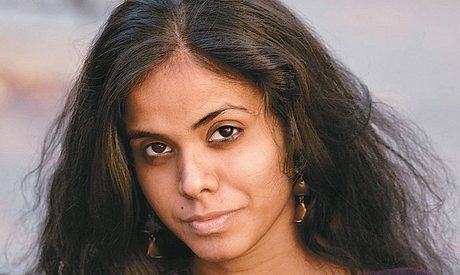
Meena Kandasamy is a writer based in India and London. She writes poetry and fiction, translates, and often uses social media to discuss issues of social justice. She describes her own work as maintaining “a focus on caste annihilation, linguistic identity and feminism.” She has published two collections of
“We licked the dictionary off each other’s faces” : Bhanu Kapil’s Humanimal: A Project for Future Children
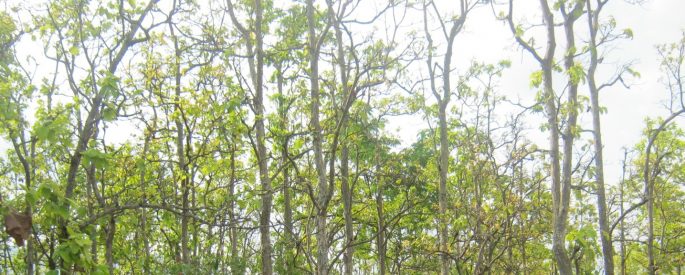
What’s wrong with being raised by wolves? In Humanimal: A Project for Future Childen, Bhanu Kapil investigates “the true story of Kamala and Amala, two girls found living with wolves in Bengal, India, in 1920” (ix). But unlike a crowd drawn to witness a re-enactment, Kapil’s book instead involves
“If I could I would cut off my lovers’ heads” : Eunice De Souza’s Nine Indian Women Poets

“Anthologists invariably make enemies,” Eunice De Souza notes in her introduction to Nine Indian Women Poets. This anthology is unlike most anthologies, as De Souza takes up her editorial role to rally against universality, mapmaking, and flattery. De Souza isn’t seeking to make enemies, but she realizes that all
Well-Traveled Verse: The Book of Poems You’ll Find Everywhere in India

Indian bookstores come in wide varieties: street-sellers pitch copies of everything from tabloids to Freud, more upscale boutiques feature plastic-wrapped paperbacks in scholarly fields, and stuffed-to-the-brim cubicles at train depots deliver Swift’s Gulliver’s Travels beside worn editions of the Gita. But, without a doubt, I always came across copies
How to Write Indian Literature
If you’re studying a nation’s literature, it’s best to know that nation’s language. English literature finds definition in its mother tongue, despite the linguistic leap from Shakespeare to Zadie Smith. American literature, whose myriad dialects are called upon by Walt Whitman, John Ashbery, and Nikki Giovanni, rests comfortably in